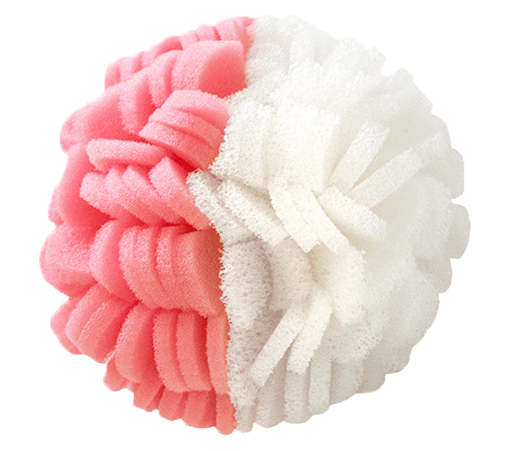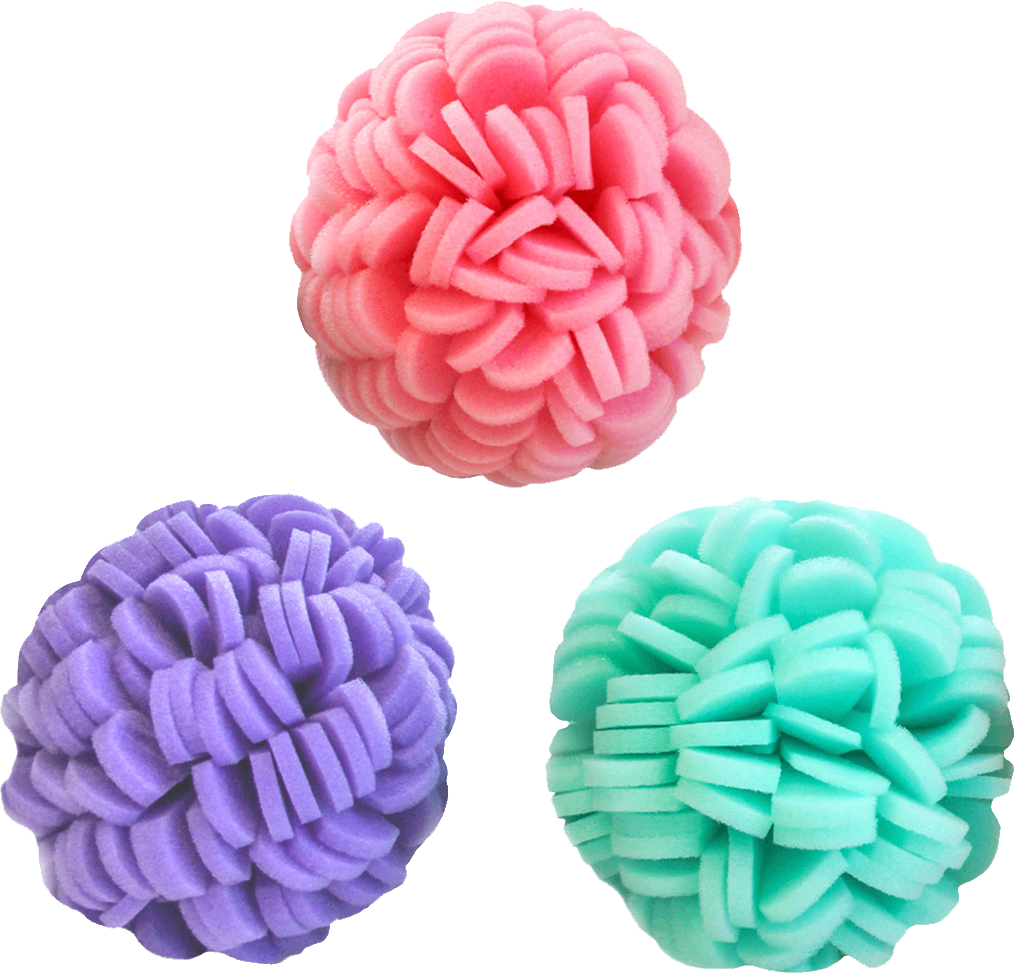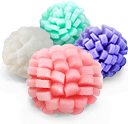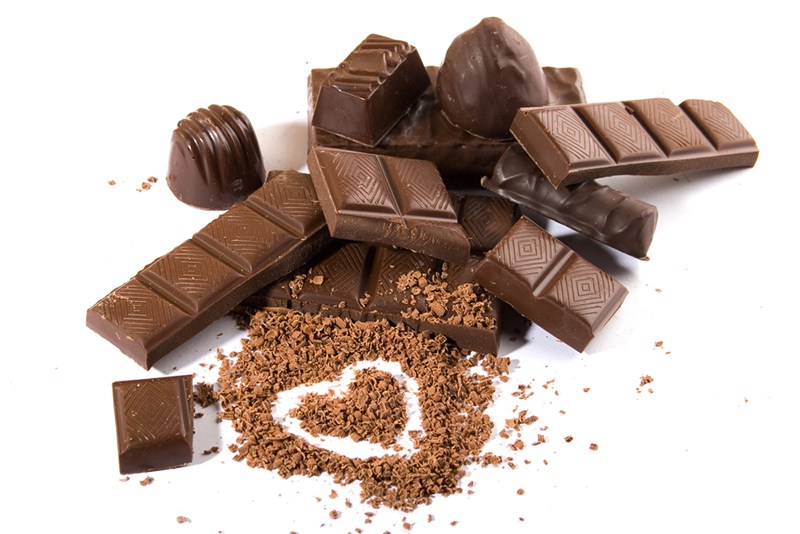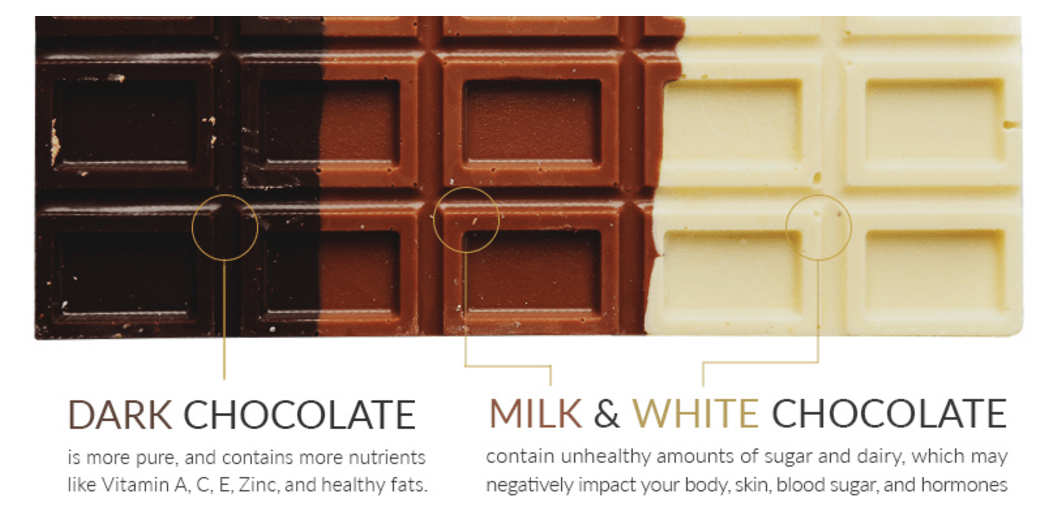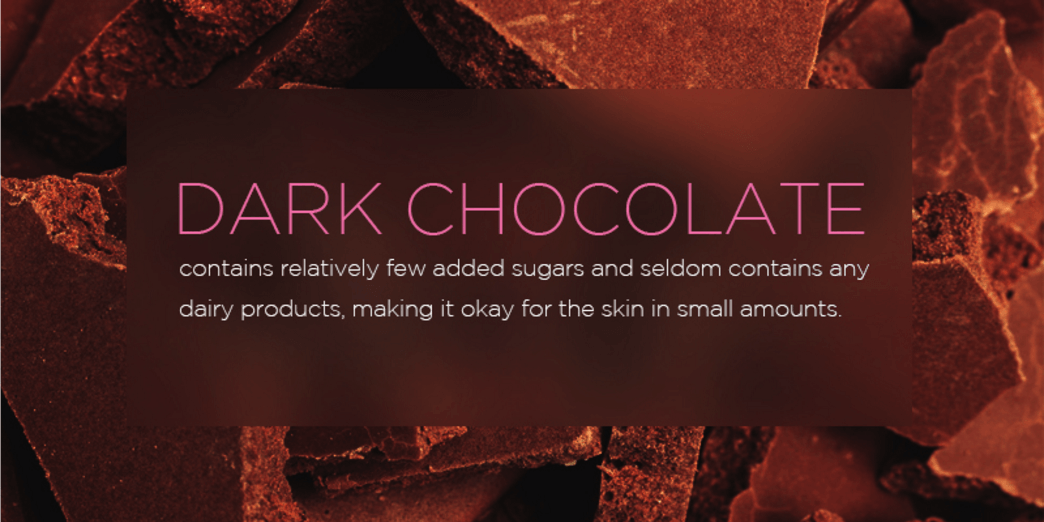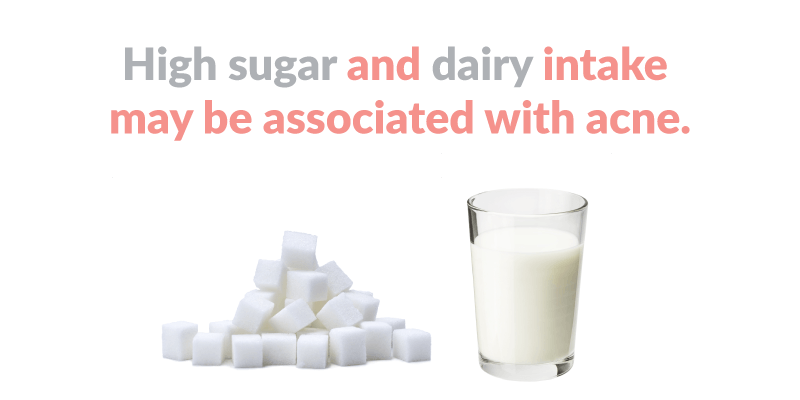Think back to the first day of middle school (for some of us that might be a little harder to do than others), and think about all those ‘ice breaker’ games your teacher made you play so you could get to know your classmates. A staple amongst them was the game ‘two truths and a lie.’ Pretty simple concept- one person tells you 3 things about themselves and the rest of the class has to guess which one was a lie.
Feeling nostalgic yet? Good! Because that’s what we are going to play today. The tale that chocolate is a direct cause of acne has been told for generations, but it may be more than just a story. I will provide 3 statements about the correlation between acne and chocolate, and you have to decide which of them is the truth, and which is a lie! Don’t worry, the answer will be revealed at the end!
Statement 1: There Is a Confirmed Link Between Acne and Chocolate
Research from the Journal of Clinical and Aesthetic Dermatology found that males between the ages of 18 – 35 who ate capsules of 100% cocoa powder saw a significant increase in the number of acne lesions.
Statement 2: Dark Chocolate Causes Fewer Breakouts Than White Chocolate
The presence of dairy products and sugar in white chocolate is the reason it has been linked to acne. Research from the Asian Journal of Clinical Nutrition found that participants who ate 100 grams of white chocolate saw significant increases in inflamed, non-inflamed, and total acne lesions. Eating a high glycemic diet causes a spike in blood sugar that may result in additional breakouts. Sugars and saturated fats may also make the sebum more thick and viscous, which will clog pores by trapping dead skin cells and debris within them (Dr. Diane Walder and Dr. Rachel Nazarian for Prevention). In addition to sugar, several studies have suggested that intake of dairy products can also lead to an increase in breakouts.
Dark chocolate contains fewer added sugars and very rarely contains dairy products. This makes it a better option (theoretically) if you want to enjoy chocolate without the risk of breakouts.
Statement 3: Blaming Breakouts On Chocolate May Have Been Started by Women Who Were Menstruating
“There are many reasons why people give chocolate a bad rap,” says Los Angeles dermatologist Dr. Ava Shamban. “One reason is that some women like to indulge in sweets, particularly chocolate, during the premenstrual part of their cycle (PMS). Acne-prone women may notice breakouts coincide with this time in their cycle. Estrogen levels drop, triggering androgens (hormones produced by the ovaries) to stimulate the sebaceous glands; this pumps up oil production. Therefore it may be your menstrual cycle itself, not the chocolate you crave during it, which causes you to break out. In addition, when people fill up on chocolate and other high-caloric and fatty foods, they leave little room to eat a balanced and well rounded diet, which is needed for healthy skin. So it can be the lack of needed nutrients, rather than the chocolate itself, which supports the proliferation of acne.”
And The Lie Is….
Statement #1! There is actually no confirmed link between acne and chocolate consumption. The participants of this study already had a history of acne and the size of the group tested was incredibly small and not very diverse (13 males between the ages of 18-35). It’s also important to note that chocolate bars and other candies are a more common form of chocolate intake than cocoa pills (the form of chocolate examined during the study), so it remains unclear if intake of lower doses of cocoa would exacerbate acne.
With that being said, even though there is no confirmed link between chocolate and acne specifically, there is significant research that indicates high sugar and dairy intake are associated with acne. So don’t go ingesting a 5 pound Hershey bar anytime soon (or ever….that’s a bad idea for many reasons).
And if you do suffer from acne, don’t forget to use the ViaBuff Level 1 Exfoliating Buffs, which are designed specifically for acne-prone skin!

